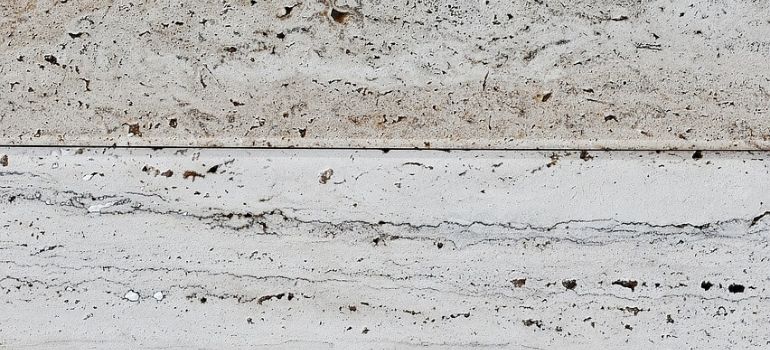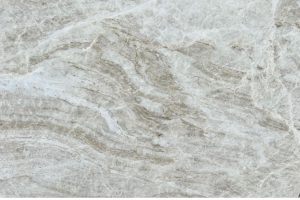Marble is a luxurious and elegant choice for countertops, flooring, and various other applications in homes and commercial spaces. However, to maintain its beauty and durability, proper care and maintenance are essential. One crucial aspect of marble care is sealing, which helps protect the stone from stains, etching, and other forms of damage. But once you’ve sealed your marble surface, how long should you wait before grouting? Let’s delve into this question and explore the factors that influence the timing of grouting after sealing marble.
Introduction to Sealing Marble and Grouting
Before we discuss the timeline for grouting after sealing marble, let’s briefly understand the roles of sealing and grouting in marble care.
Importance of Sealing Marble
Marble is a porous material, which means it can absorb liquids and easily become stained. Sealing marble creates a protective barrier on the surface, preventing substances like water, oil, and acidic liquids from penetrating and causing damage.
Purpose of Grouting
Grouting is the process of filling the gaps between marble tiles with a cementitious or epoxy-based material. Apart from providing structural support, grout also enhances the aesthetic appeal of the installation by creating clean lines and preventing debris buildup.
Understanding the Sealing Process
Before addressing the timing of grouting, it’s essential to comprehend the steps involved in sealing marble.
Steps Involved in Sealing Marble
- Clean the Surface: Ensure the marble surface is free from dirt, dust, and debris.
- Choose the Right Sealer: Select a suitable sealer based on the type of marble and its intended use.
- Apply the Sealer: Use a clean, dry cloth or applicator to apply the sealer evenly across the surface.
- Allow for Absorption: Let the sealer penetrate the marble for the recommended time.
- Buff the Surface: If necessary, buff the surface to remove any excess sealer and achieve a uniform finish.
Types of Sealers
There are two main types of sealers used for marble: penetrating sealers and topical sealers. Penetrating sealers absorb into the pores of the marble, providing long-lasting protection without altering the natural appearance of the stone. Topical sealers form a protective layer on the surface of the marble, offering enhanced stain resistance but may alter the stone’s appearance.
Factors Influencing the Drying Time of Sealers

The time it takes for a sealer to dry and cure before grouting depends on several factors.
Type of Sealer Used
Penetrating sealers typically require less drying time compared to topical sealers. Additionally, some sealers may have specific instructions regarding the waiting period before grouting.
Environmental Conditions
Temperature, humidity, and airflow can affect the drying time of sealers. Warmer temperatures and low humidity accelerate the drying process, while cold and humid conditions may prolong it.
Marble Surface Porosity
The porosity of the marble surface also plays a role in drying time. Highly porous marble may absorb the sealer more quickly, whereas denser marble may require additional time for absorption.
Recommended Waiting Time Before Grouting
While the exact waiting time before grouting may vary depending on the sealer used and environmental conditions, there are general guidelines to follow.
Manufacturer’s Instructions
Always refer to the manufacturer’s instructions provided with the sealer for specific guidance on drying and curing times. These instructions may vary from product to product.
Typical Waiting Periods
In most cases, it’s recommended to wait at least 24 to 48 hours after sealing marble before grouting. However, for optimal results, allowing the sealer to cure for 48 to 72 hours is advisable.
How to Test if the Sealer is Ready for Grouting
If you’re unsure whether the sealer has dried sufficiently for grouting, there are simple tests you can perform.
- Water Droplet Test: Place a few drops of water on the sealed surface. If the water beads up and does not absorb into the marble, the sealer is still effective. If the water absorbs, additional drying time may be necessary.
- Tape Test: Place a piece of masking tape on the sealed surface and firmly press it down. If the tape lifts off easily without pulling up any sealer, it’s likely ready for grouting.
Consequences of Grouting Too Soon
Grouting before the sealer has fully dried and cured can have adverse effects on the integrity of the seal and the durability of the grout.
Potential Damage to the Seal
Grouting too soon can disrupt the curing process of the sealer, leading to incomplete penetration and reduced effectiveness. This leaves the marble vulnerable to stains and damage.
Compromised Durability of the Grout
Moisture from the grout can interfere with the curing of the sealer and weaken its bond to the marble surface. As a result, the grout may not adhere properly or may deteriorate prematurely.
Benefits of Patience in the Sealing and Grouting Process
While it may require some patience to wait for the sealer to dry before grouting, the benefits are well worth it.
Ensuring Longevity of the Seal
Allowing adequate time for the sealer to cure ensures maximum penetration and effectiveness, providing long-term protection for your marble surfaces.
Achieving Optimal Results
By following the recommended waiting period before grouting, you’ll achieve better adhesion and durability of the grout, resulting in a more professional-looking and resilient installation.
Conclusion
In conclusion, the timing of grouting after sealing marble is a crucial step in the installation process. By allowing the sealer sufficient time to dry and cure, you’ll ensure the longevity and effectiveness of the seal while achieving optimal results with your grouting. Remember to follow the manufacturer’s instructions and perform simple tests to determine readiness before proceeding with grouting.
FAQs (Frequently Asked Questions)
The drying time of marble sealer varies depending on factors such as the type of sealer used and environmental conditions. Typically, it takes 24 to 48 hours for the sealer to dry sufficiently before grouting.
Yes, you can accelerate the drying process by ensuring proper airflow and maintaining moderate temperatures and low humidity levels in the area where the marble is sealed.
Grouting too soon after sealing marble can disrupt the curing process of the sealer, compromising its effectiveness and leaving the marble vulnerable to stains and damage.
You can perform simple tests such as the water droplet test and the tape test to determine if the sealer has dried sufficiently for grouting. If the water beads up and the tape lifts off easily without pulling up any sealer, it’s likely ready for grouting.
Applying multiple coats of sealer is not recommended as it can lead to uneven coverage and may prolong the drying time. It’s best to follow the manufacturer’s instructions for optimal results.



